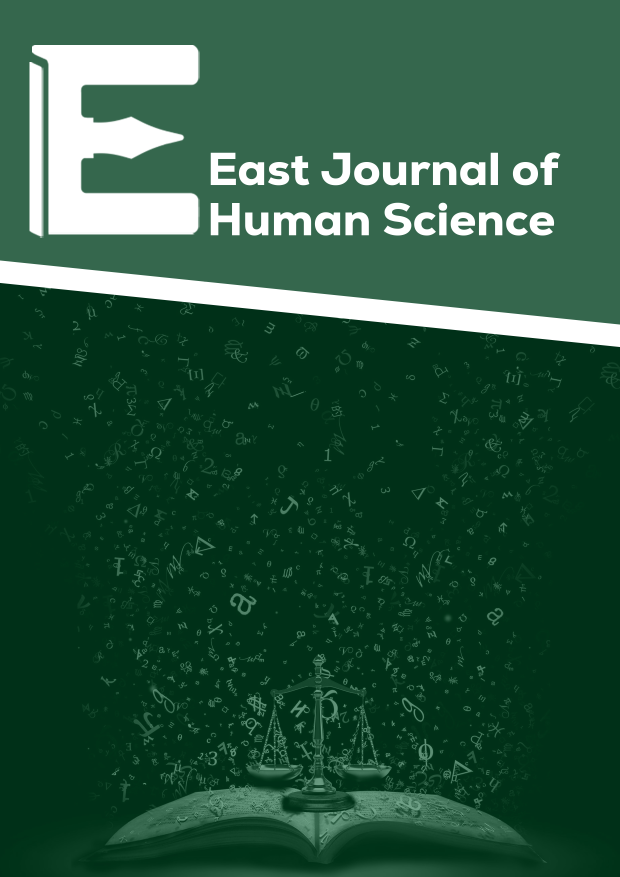The Implicit Cultural Patterns in the Poem (I Yearn for My Mother’s Bread) By Mahmoud Darwish: A Semiotic Study in Light of Reception Theory
Main Article Content
Abstract
Implicit cultural patterns are a modern critical concept that enables the reader to penetrate the deeper layers of a text, beyond its apparent, direct meaning. They refer to the values, meanings, and social and cultural beliefs that a text stores within its folds without explicitly stating them, yet they influence its structure and meaning, shaping both the writer's consciousness and subconscious. The study of implicit cultural patterns is a critical approach that reveals the text's interactions with its cultural environment and illuminates unspoken aspects. This provides the reader with a deeper understanding of the text and makes them more aware of its apparent and hidden messages. This research examines the implicit cultural patterns in Mahmoud Darwish's poem "I Yearn for My Mother's Bread," as a poetic model that carries connotations that go beyond the apparent linguistic structure to the depths of cultural symbols. This research examines two theoretical approaches: semiotics and reception theory. In seemingly simple language, the poet expresses profound national and hu-mane sentiments, manifested through symbols such as "my mother's bread," "my mother's coffee," and "my mother's touch." These symbols not only refer to the mother but also represent homeland, warmth, roots, and a lost identity in the context of exile.
The importance of this research lies in its ability to demonstrate how the symbolic structure of poetry indirectly expresses major issues, reflecting an interplay between aesthetics, culture, and politics. The research also references previous studies that support the idea that poetry contains a deep cultural structure that reflects the collective Arab and Palestinian consciousness in particular.
The research concludes that Mahmoud Darwish was not only writing about his mother, but also about homeland, identity, and wounds, using implicit cultural symbols that shifted the poem from individual longing to collective nostalgia.
Article Details
Section

This work is licensed under a Creative Commons Attribution 4.0 International License.





